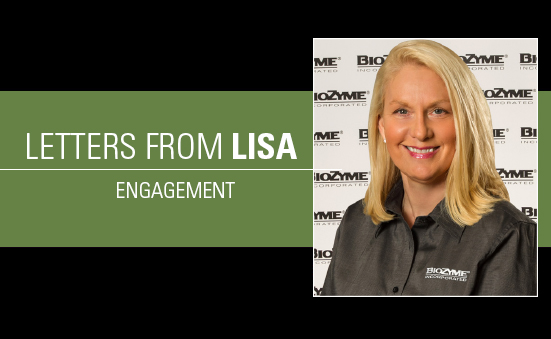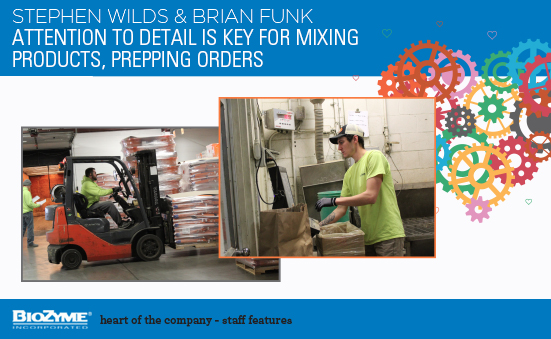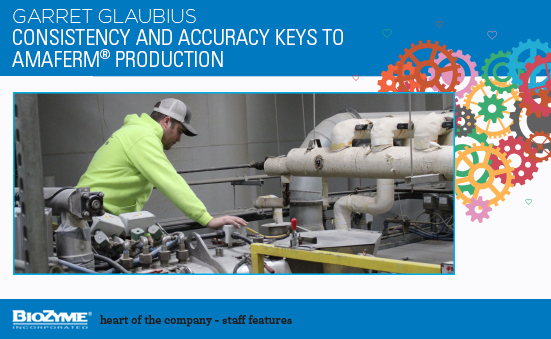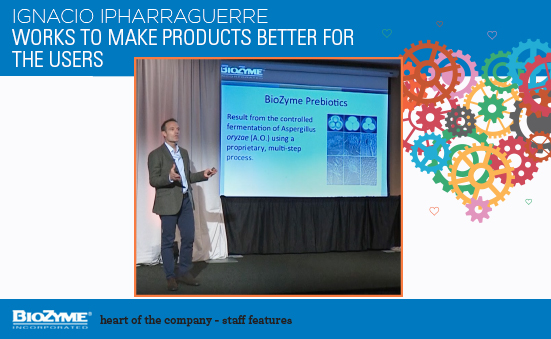BioZyme® offers many great products for all phases of production. But some producers get comfortable with one product, and don’t always know how to transition to include other products. And sometimes, the new products seem overwhelming. However, with some engagement with your customers, and discussing the benefits of the Amaferm® advantage through all phases, you can expand your marketing to a program-based approach.
Matt Weigel, owner of Darlington Feed & Ag Center in Darlington, Wis., said he works closely with his producers to make sure they understand each step of the feeding process. For instance, he said the dairies he works with all incorporate Amaferm Digest More® in their feed. When Weigel asked if the producers were pleased with their calf feed, they said yes. Then he suggested the Vita Charge® Stress Tub to help them wean better and stay healthier. And the dairies liked them as well. Of course, they all start their program with Vita Charge Neonatal.
“I’m not afraid to give away a stress tub, and I’ll eat the $60 because I am confident I’ll sell 10 more tubs and more product,” Weigel said. “You’ve got to look at the big picture and be open minded. If a producer likes it and uses it forever I’m money ahead.”
He said he is on the dairy farms that are his customers at least every week or every other week to make sure the customers get their questions answered, and to fix any problems before they surface. Although his store represents other products lines, he truly believes in the Amaferm advantage and uses the VitaFerm products on his own cow herd.
“I wear my VitaFerm hat! We really promote VitaFerm because we know it works. I try the products on my own animals and they work. I like them, and I can promote them,” he said.
Another way that Weigel works to engage with his customers and promote products is to take advantage of the assistance the BioZyme Marketing Team and his ASM provide. In 2017, ASM Trent Gabler worked with Weigel and the Marketing Team to create a postcard mailing promoting VitaFerm HEAT® to those producers who use Concept•Aid®. Darlington Feed saw a significant increase in their HEAT sales after that mailing, according to Gabler.
Finally, Weigel said he’s not afraid to use other customers as references. He’ll share the results that ‘Joe Smith’ had when using a product and he said other producers have the mindset that if Joe Smith had great results, then I should try it too.
Using products, proactively making farm visits and sharing testimonials are great ways to engage and promote products. Offering a trial product might cost a little initially, but the returns will pay off in the long-term. Getting customers to use a program and not just one product will also pay dividends and keep that customer active all year long. Look at the big picture, and sell the program.










